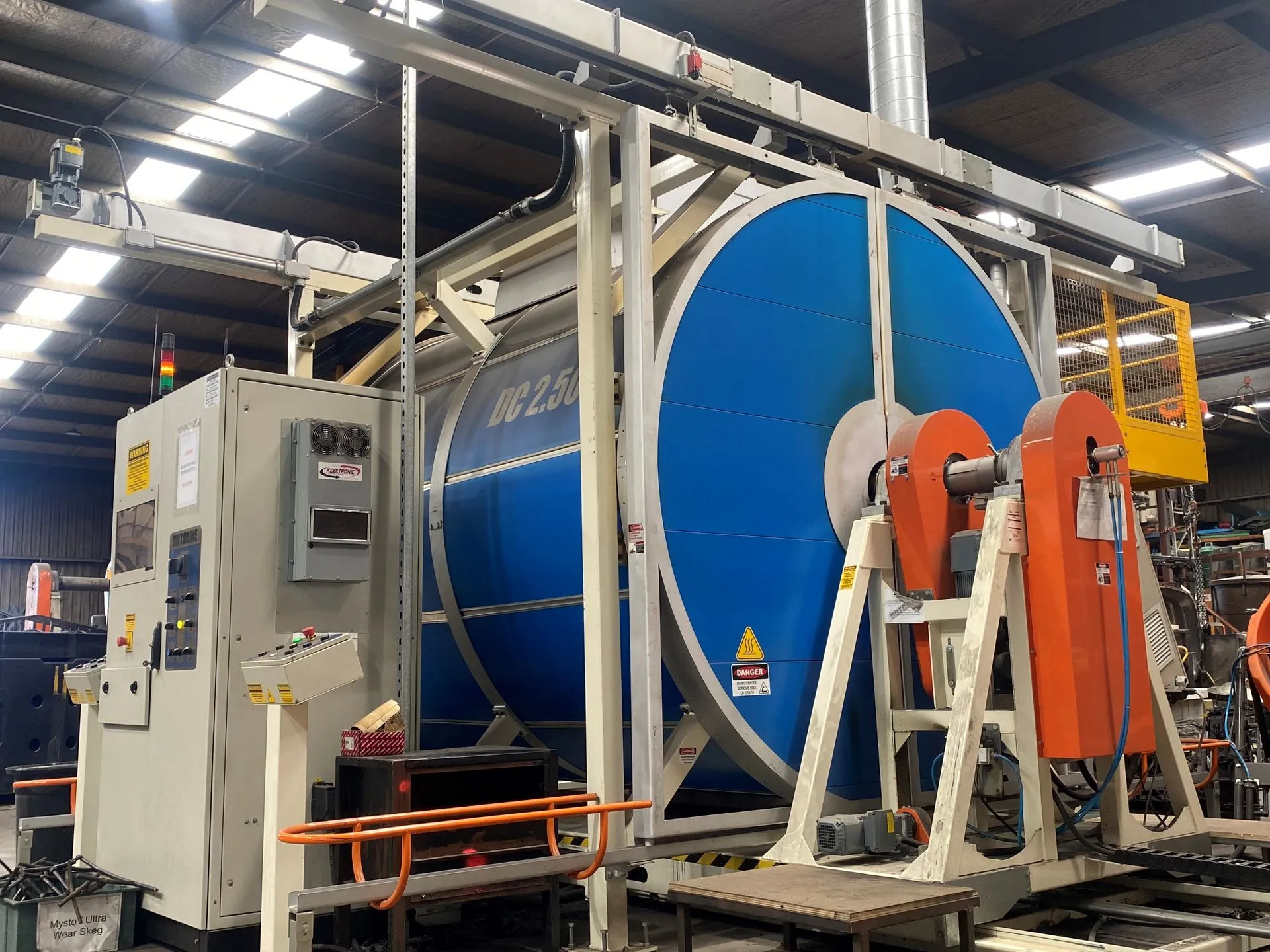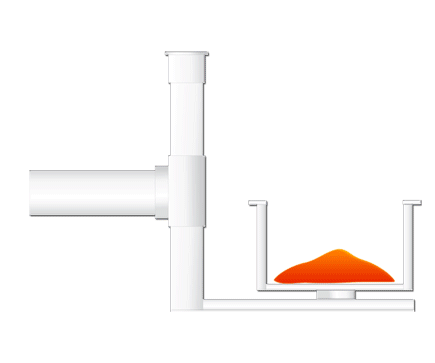
What is Rotational Moulding?
Rotational moulding offers design advantages over other moulding processes; parts that are usually assembled from several pieces can be moulded as one. This reduces fabrication and assembly costs. The process also has a number of inherent design strengths, such as consistent wall thickness and strong outside corners that are virtually stress-free. If additional strength is required, reinforcing ribs can be designed into the part. Rotational moulding delivers the product the designer envisions. Additives to help make the part weather-resistant, flame-retardant, or static-free. Inserts, threads, handles, minor undercuts, flat surfaces that eliminate draft angles, or fine surface detail can all be part of the design.


